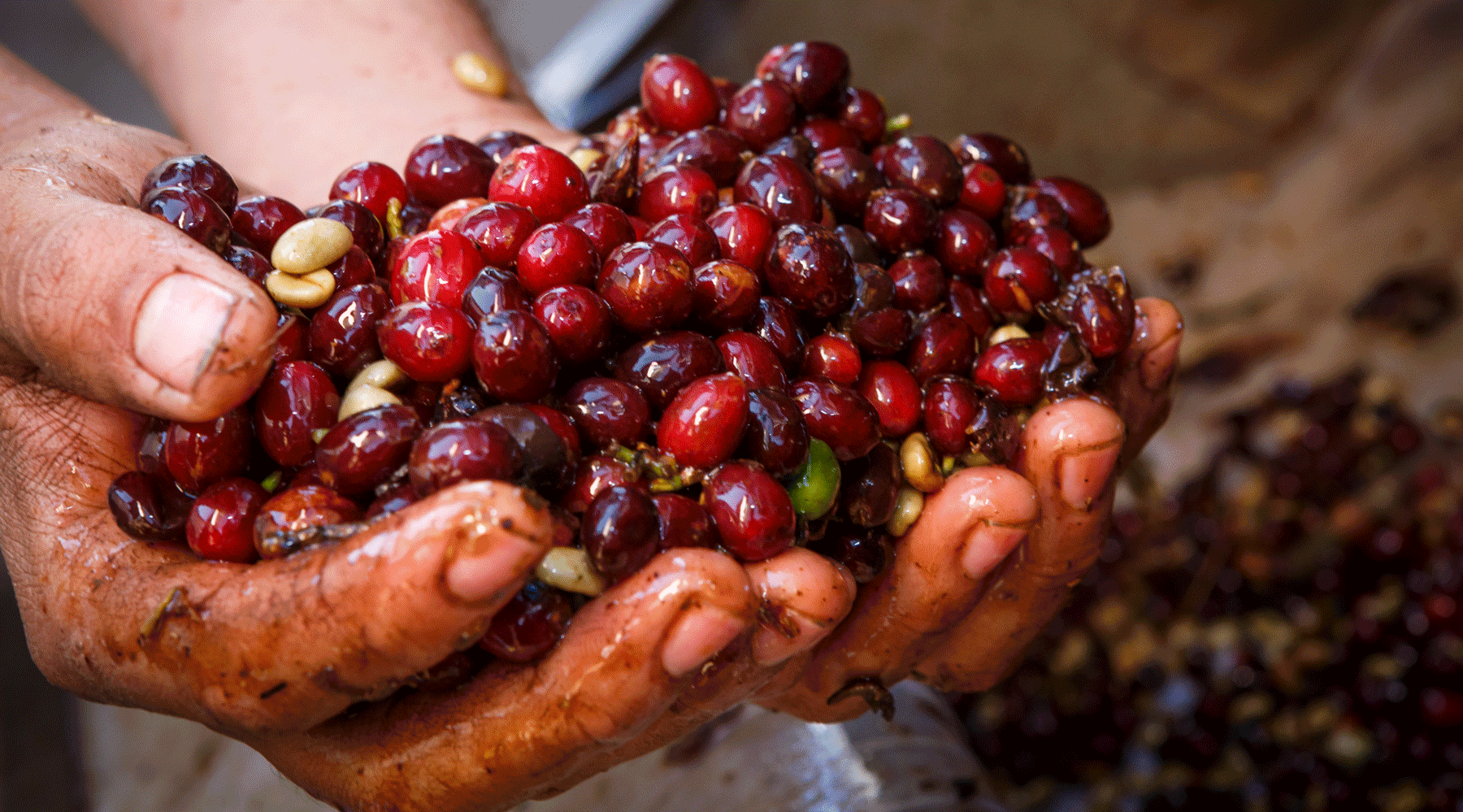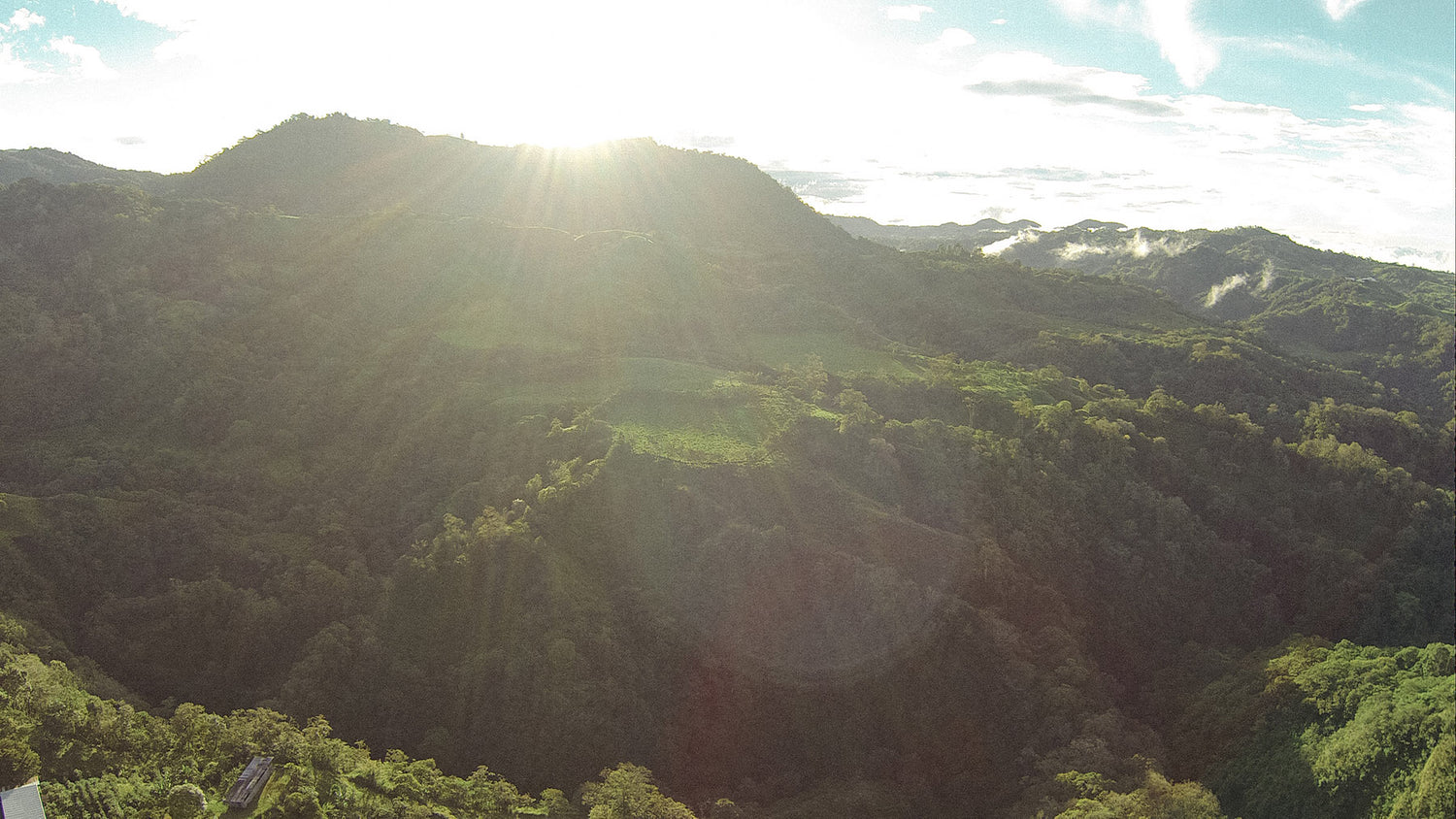Most coffee drinkers enjoy the aroma bomb not only because of its delicious taste, but also and above all because of its stimulating effect. In the morning, this effect is often more than welcome.
In the evening, however (for some even in the afternoon), the caffeine kick can be a rather undesirable side effect for some and lead to a sleepless night. If you are sensitive to caffeine, there are several ways to protect yourself. Firstly, you can reduce the amount of caffeine you consume by only drinking pure Arabica coffee, as this contains only about half as much caffeine as Robusta . Secondly, drinking lighter roasted coffee helps, as this contains proportionally less caffeine than strong, dark roasted coffees. But that is a matter of taste . The lighter the roast, the more the fruity notes are emphasized and the chocolaty, nutty roasted notes that are typical for many coffee drinkers become less pronounced. However, if you are open-minded and have tried the fruitier coffees, you will eventually want nothing else.
Coffee without caffeine - alternative variants
To be on the safe side and still not have to forego coffee enjoyment, people use the decaffeinated version , i.e. coffee without caffeine . Nowadays, this no longer has to be a compromise solution. There are now many processes that make it possible to produce very high-quality coffee without caffeine but with full flavor .
According to EU regulations, coffee can basically be called decaffeinated if it contains less than 0.1% caffeine . The first process for making decaffeinated coffee was developed by Ludwig Roselius in 1905. He used the solvent benzene , which is now considered carcinogenic and is therefore no longer used. Fortunately, there are now a few alternatives for making decaffeinated coffee.

Decaffeinated coffee - With chloromethane
This substance can be used to bind caffeine and remove it from the bean , but it is not entirely uncontroversial.
It is considered carcinogenic. Although the limit is far exceeded in the decaffeinated beans , it is still a chemical that can be avoided in natural alternatives.
When making decaffeinated coffee with chloromethane, hot water is first used to dissolve the caffeine and other solubles from the beans. The beans are then removed from the water. The methyl chloride is added to the water and binds to the caffeine.
Since methyl chloride does not react with water, it can easily be filtered out along with the caffeine. The beans are then submerged in the now caffeine-free water to reabsorb all other soluble substances.

Decaffeinated coffee - Ethyl Acetate
Ethyl acetate is also called ethyl acetate and is an ester formed from vinegar and alcohol. It is a naturally occurring substance that occurs in many (ripe) fruits, for example.
As with most forms of decaffeination , the green coffee beans are first treated with steam to open up the pores and make them permeable. The green coffee is then immersed in ethyl acetate so that the existing caffeine molecules in the coffee beans attach themselves to the ethyl acetate molecules in the liquid.
This process is repeated several times or over a period of up to eight hours - each time with fresh liquid that is free of caffeine. This is done by filtering out the caffeine using a carbon filter. The isolated caffeine is collected in a separate container.
After this repeated procedure, the beans are dried in a vacuum container . The vacuum enables quick and even drying. The beans are then cooled in a ventilated silo.
The extracted caffeine can be used in pharmaceuticals, in energy drinks or as a natural insecticide .

Decaffeinated coffee - Liquid CO₂
Here, too, the beans are first steamed to make them swell and permeable. They are then placed in liquid CO₂ under high pressure (70-80 bar) and at a temperature of 23 degrees C. This preserves all the desired ingredients of the green coffee, only the caffeine is extracted. This means that the coffee without caffeine retains its quality and its complex taste characteristics.
During extraction , caffeine is continuously extracted from the beans . It dissolves in the liquid CO₂. Since liquid CO₂ reacts very selectively to caffeine, no other substances are removed from the beans, which leads to a very high quality.
As the liquid CO₂ flows, the caffeine is drawn into a separate tank where the CO₂ turns into a gas and loses its preference for caffeine. This allows the caffeine to be separated.
The purified CO₂ is then liquefied again by compression and the cycle begins again. When a caffeine level of 0.1% is reached, the beans are dried under vacuum using warm air drying.
Since this method only uses water and natural CO₂ , meaning no chemical substances are used, it can also be used for organic coffee without any concerns.
Coffee without caffeine - With water
The method using water is well suited for decaffeinating high-quality coffee.
For this purpose, a green coffee solution is produced that contains all of the coffee's soluble substances, except for the caffeine. The coffee beans are soaked in water until all of the soluble components have passed into the water . This water mixture is passed through a special filter to separate the caffeine dissolved in the water from the rest.
The saturated solution magically attracts the caffeine from the coffee to be decaffeinated .
With this type of decaffeination, the beans are first steamed to make them permeable. Then the decaffeinated green coffee solution is mixed with the coffee to be decaffeinated in a vacuum tank at 60°C . The vacuum increases the pressure, which sets off an exchange of substances. This exchange of substances, known as osmosis, is possible due to the principle of saturation. Only the caffeine from the coffee passes into the decaffeinated liquid, as all other substances are already contained therein. This allows the caffeine to be captured by a carbon and charcoal filter.
By allowing the coffee to flow through the filter for 24 hours, the desired caffeine content is ultimately achieved.
The coffee is then dried in three phases. First, it is dried horizontally for four hours to remove any water that comes out. Then, it is dried at 60°C for two hours to bring the coffee to the desired moisture content of 10-12%. Finally, it is dried cylindrically at 25°C to bring the beans to room temperature.
With the help of a polishing and suction machine, the coffee is freed of all foreign substances without caffeine. Water decaffeination produces notes in the coffee that are reminiscent of tobacco, malt and caramel and are pleasant and desired by many coffee drinkers. Unfortunately, a lot of coffee is needed to saturate the water, which cannot be used any further afterwards. This process is therefore not widely used.


